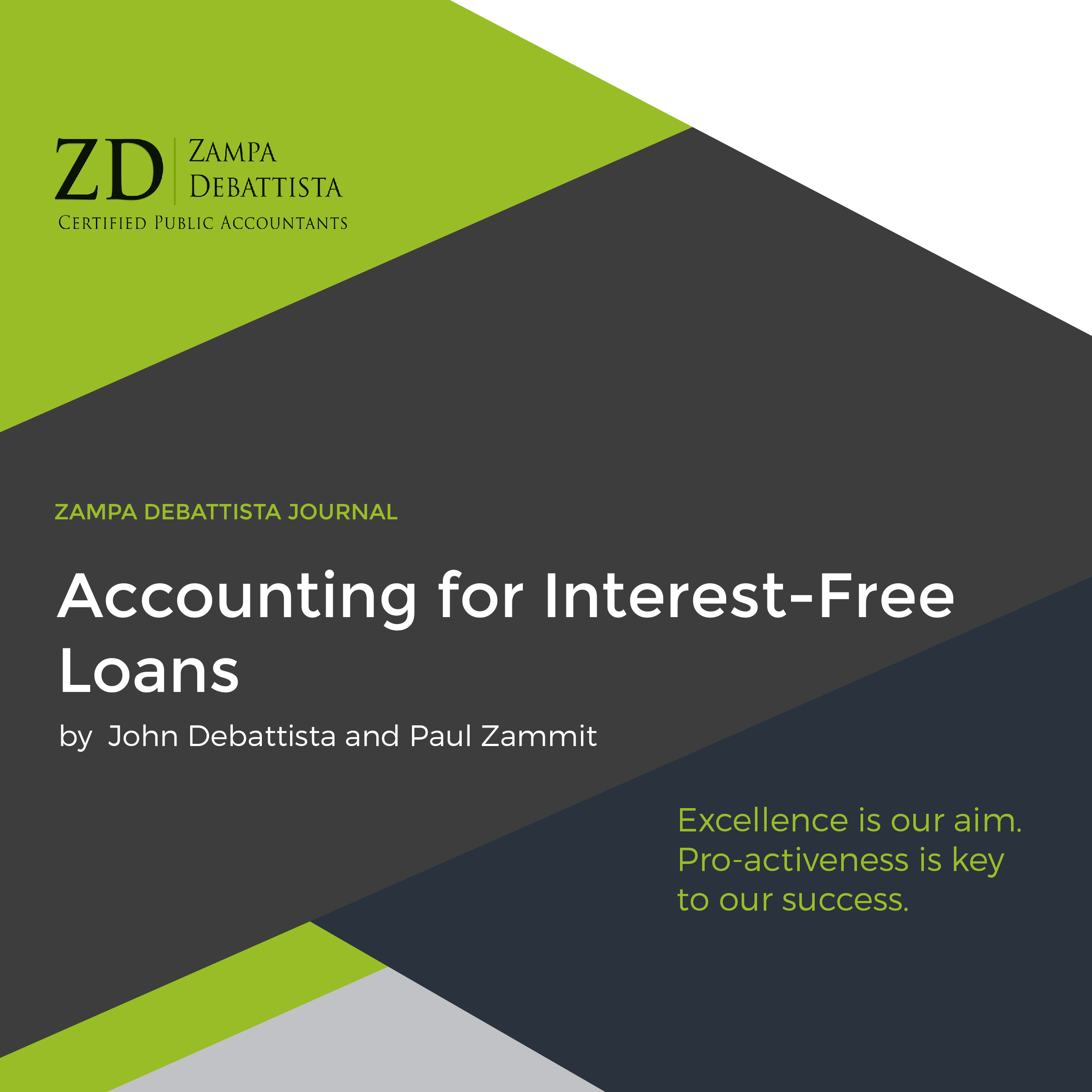Let’s say Company A lends €100,000 to Company B repayable in full upon maturity, in 3 years time, at 0%, when the market interest rate is 8%.
Situation 1: Assume this is done ex-gratia by Company A, that is Company A attaches no conditions with this interest-free loan.
Situation 2: Assume Company A provides this interest-free loan in return of free-of-charge marketing services supplied by Company B over the same three-year period.
The loan must be recorded at fair value by discounting it to its present value at the market rate at the loan’s inception at 8%. This means that the loan must be initially recognised at the value of €79,383 under both IFRS and GAPSME.
Situation 1
Company A will be receiving no interest in return, which means that it should recognise a loss of €20,617 immediately in the first year, representing the loss that the company is suffering from lending the money at 0% rather than investing it in a worthwhile investment.
On initial recognition, the double entry is as follows:
| DEBIT | Loan Receivable | €79,383 |
| DEBIT | Interest Expense | €20,617 |
| CREDIT | Cash | €100,000 |
Subsequently, the loan is carried at amortised cost by unwinding the discount over three years:
| BAL B/D | EIR @ 8% | Cash Flow | BAL C/D |
| 79,383 | 6,351 | – | 85,734 |
| 85,734 | 6,859 | – | 92,592 |
| 92,592 | 7,407 | – | 100,00 |
|
Year 1 | |||
| DEBIT | Loan Receivable | €6,351 | |
| CREDIT | Interest Income | €6,351 | |
| Being unwinding of discount – year 1 (EUR79,383 x 8%) |
|
Year 2 | |||
| DEBIT | Loan Receivable | €6,859 | |
| CREDIT | Interest Income | €6,859 | |
| Being unwinding of discount – year 2 (EUR85,734 x 8%) |
|
Year 3 | |||
| DEBIT | Loan Receivable | €7,407 | |
| CREDIT | Interest Income | €7,407 | |
| Being unwinding of discount – year 3. |
| DEBIT | Cash | €100,000 | |
| CREDIT | Loan Receivable | €100,000 | |
| Being repayment of loan upon maturity. |
Situation 2
Company A is granting an interest-free loan and in return will be receiving marketing services over three years. This time the €20,617 is charged to profit or loss over three years, instead of charging it immediately to profit or loss. The charges over profit or loss over the three year represent the value of the marketing services provided by Company B and should be classified as such.
On initial recognition, the double entry is as follows:
| DEBIT | Loan Receivable | €79,383 | ||
| DEBIT | Deferred Expense (Prepayment) | €20,617 | ||
| CREDIT | Cash | €100,000 |
Subsequently, marketing expenses are recognised:
|
Year 1 | |||
| DEBIT | Loan Receivable | €6,351 | |
| CREDIT | Interest Income | €6,351 | |
| Being unwinding of discount – year 1. |
| DEBIT | Marketing Expense | €6,351 | |
| CREDIT | Deferred Expense | €6,351 | |
| Being marketing expense – year 1. |
|
Year 2 | |||
| DEBIT | Loan Receivable | €6,859 | |
| CREDIT | Interest Income | €6,859 | |
| Being unwinding of discount – year 2. |
| DEBIT | Marketing Expense | €6,859 | |
| CREDIT | Deferred Expense | €6,859 | |
| Being marketing expense – year 2. |
|
Year 3 | |||
| DEBIT | Loan Receivable | €7,407 | |
| CREDIT | Interest Income | €7,407 | |
| Being unwinding of discount – year 3. |
| DEBIT | Marketing Expense | €7,407 | |
| CREDIT | Deferred Expense | €7,407 | |
| Being marketing expense – year 3. |
| DEBIT | Cash | €100,000 | |
| CREDIT | Loan Receivable | €100,000 | |
| Being repayment of loan upon maturity. |
The accounting treatment of long term loans may vary in accordance with the nature of the arrangement. In this article we have seen how the effect of the discounting can either be treated as charge to profit or loss in the first year or recognised as an asset (prepayment) which would then be released to profit or loss over a period of time. Nonetheless, the effect of the discounting may also be recognised as an investment, a contribution in equity, a dividend, or perhaps directors’ fees or even employee expense.
Are you uncertain about the correct way to account for your loan agreements?


